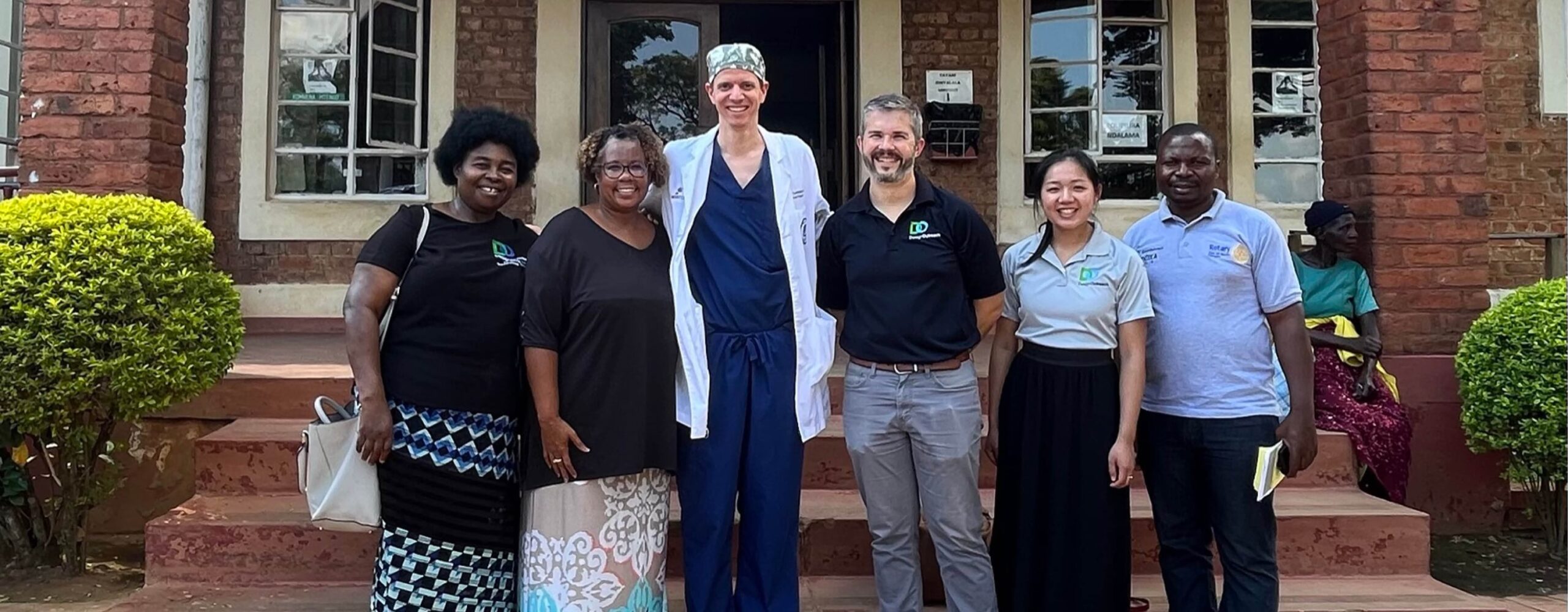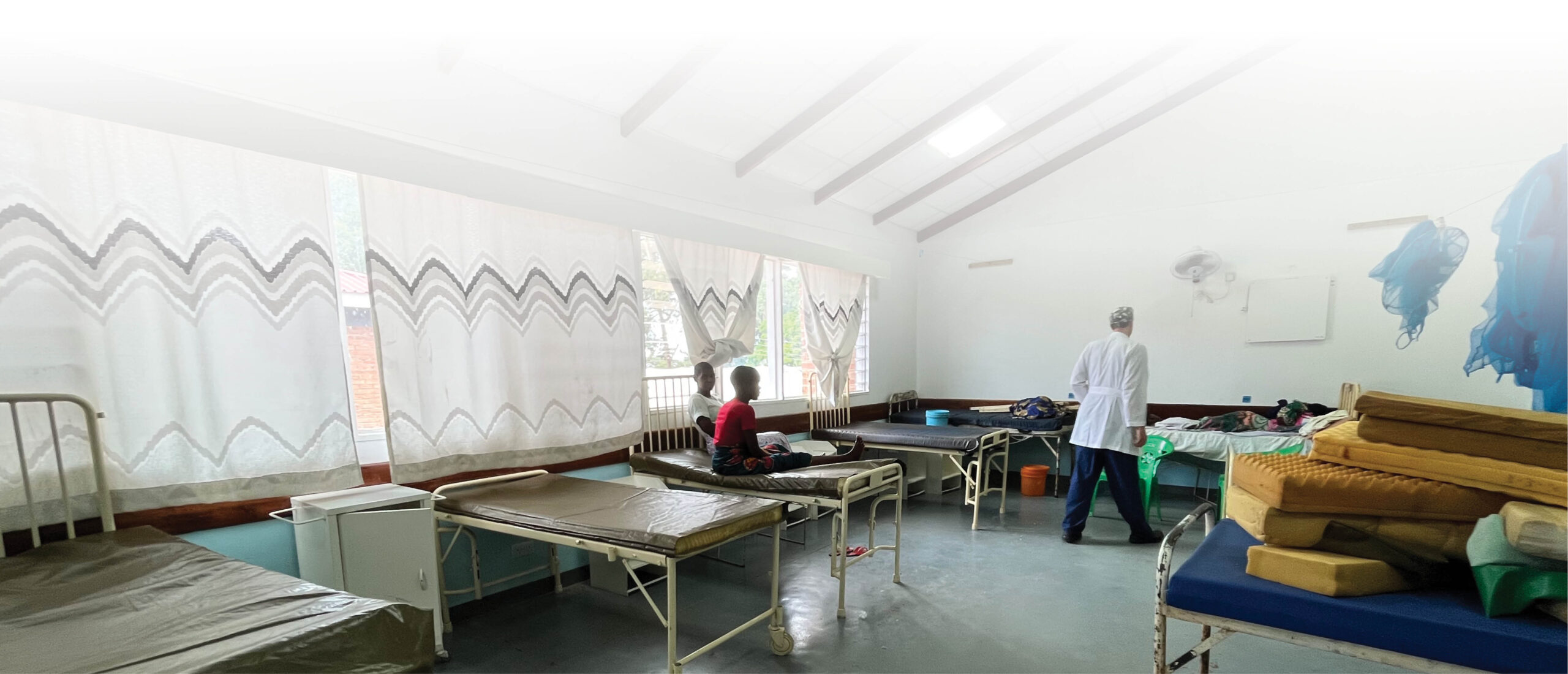Problem:
“Chronic wounds and wound care has been labeled as the unrecognized epidemic,” according to Dr. Terry Treadwell, M.D., a wound and burn care specialist. Injuries cause 8% of all deaths globally, with 90% occurring in low- and middle-income countries. In Africa, injury-related mortality rates are the highest, and people are 220% more likely to die from a treatable wound compared with high-income countries.
Under-resourced healthcare facilities worldwide face a high prevalence of traumatic and chronic wounds, with negative pressure wound therapy (NPWT) identified as a critical unmet need. However, donated NPWT equipment often fails in developing countries due to environmental factors and a lack of disposable and replacement parts. Additionally, 1.3 billion people globally lack access to electricity, with over 50,000 healthcare facilities in rural sub-Saharan Africa lacking adequate electricity access. Without electricity, most NPWT devices cannot be used.
Wound care is also a significant financial burden on patients and their families in developing countries. For example, in Nigeria, the cost of a wound dressing alone is equal to 2-11% of the average individual’s annual income.




